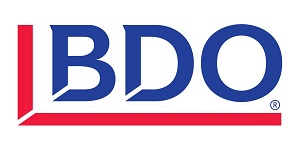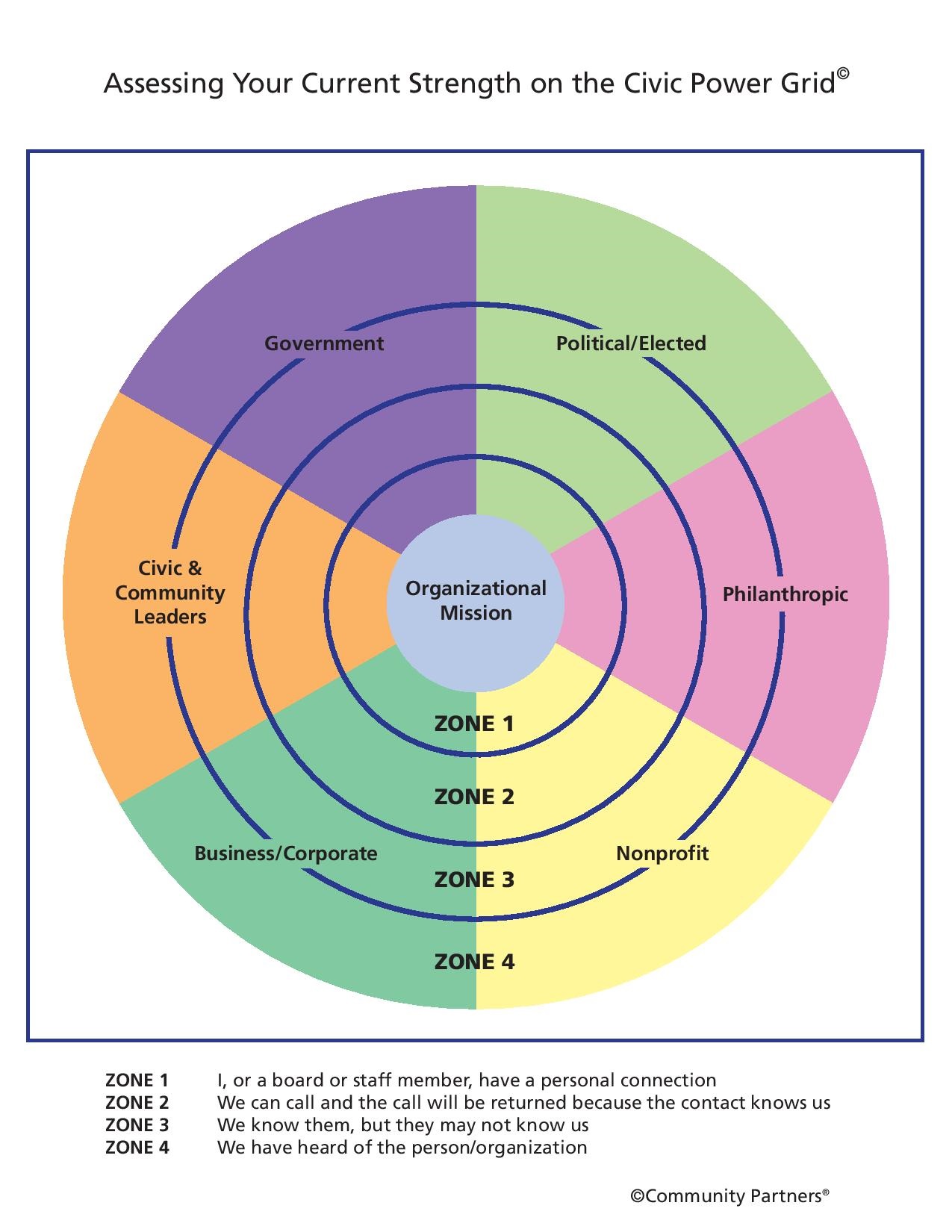 Special to the Philanthropy Journal
Special to the Philanthropy Journal
By Lewis Sharpstone
Ensuring sustainability is a top priority for almost every nonprofit organization. But one sometimes overlooked piece of the sustainability puzzle is managing critical external relationships and ensuring their longevity.
Over the course of my career working with nonprofit organizations, I’ve met a host of inspiring and remarkable people. While they built well-respected organizations that carry on wonderful and impactful legacies in the communities they served, many didn’t devote resources to building ties with the wider community and may have been able to leverage their connections for even more meaningful results if they had invested in civic reach.
 Paul Vandeventer, CEO of Community Partners, describes this concept especially well with what he’s coined “The Civic Power Grid.” He defines an organization’s civic reach as “the essential third leg of a nonprofit board’s sustainability platform,” with fundraising and governance as the first and second legs. As Paul explains, the term “civic reach” refers to an organization’s ability to develop, maintain and grow relationships with individuals who have influence over resources across the sectors in which it operates.
Paul Vandeventer, CEO of Community Partners, describes this concept especially well with what he’s coined “The Civic Power Grid.” He defines an organization’s civic reach as “the essential third leg of a nonprofit board’s sustainability platform,” with fundraising and governance as the first and second legs. As Paul explains, the term “civic reach” refers to an organization’s ability to develop, maintain and grow relationships with individuals who have influence over resources across the sectors in which it operates.
Most nonprofit executives can attest that a grant proposal is received differently when you have a relationship with the program officer who receives it. Similarly, consider how your views about a regulatory issue might be taken when you already have a relationship with the official listening to you. What about how an influential person might look at an invitation to join your board when the board is already home to well-connected and influential members?
While building civic reach may sound like mere networking, Mr. Vandeventer contends it’s much more important than that. It’s essential that every organization have a sustainability plan. My colleague, Laurie De Armond wrote about this recently. Her advice was that “To prevent gaps in relationship management during an executive transition, organizations can encourage shared ownership and an open flow of information so that key relationships don’t become siloed with one individual.” Extending an organization’s civic reach is an often-forgotten, but essential, element of building a sustainable enterprise. In this article from Stanford Social Innovation Review’s archives, Paul dives deeper into the concept of civic reach and gives plenty of examples illustrating how increasing civic reach led to great results.
To illustrate what civic reach can do for an organization, let’s consider a nonprofit in my area that was facing foreclosure. When we were first engaged to work with them, we were able to stave off foreclosure on a temporary basis, buying the organization time. Three years later, though, when the financial issues bubbled up again, they had cultivated a strong civic reach. They engaged local and even some national politicians, business people and community leaders to advocate against foreclosure—and it worked. A favorable long-term loan, a win-win for the organization and the bank, was put in place and the nonprofit is now moving from uncertainty to strength. I am convinced that leveraging the increased civic reach of this organization is the only thing that could have achieved this result.
To ease the transition and begin factoring civic reach into long-term planning, here are five steps organizations can use to understand their current civic reach and systematically build it for the future.
1. Identify a “Civic Reach Champion.”
While increasing civic reach is a team sport, it’s helpful to designate one person to be primarily responsible for managing and keeping the organization on track to meet its goal. In most cases, this will fall to either the executive director or the board chair, but an interested board member could also take on this responsibility. If the executive director has been assigned as the Civic Reach Champion, add this item to their performance goals and objectives. Of course, delegating is to be expected. This person is responsible for making it happen—not necessarily doing all the leg work.
2. Give yourself an honest, accurate civic reach score.
If you don’t know where you’re starting from, it’s hard to plot a course to where you want to go! To do this properly, consider holding a special meeting or conference call with all organization management and board members, or set aside part of a regularly scheduled meeting to do this. Community Partners’ self-assessment tool can aid in identify gaps and target areas for growth, which will help you put in place a specific plan to increase your organization’s civic reach.
The tool outlines six sectors for nonprofits to address and connect with: Civic and Community Leaders, Government, Political/Elected, Philanthropic, Nonprofit and Business/Corporate. For each of the sectors, score yourself between Zones 1-4 for each (Zone 1 being the strongest, and Zone 4 being the weakest). The sum is your civic reach score—just like in golf, the lower the score, the better. In each target sector, note who in your organization knows indivudals in each sector that may not know your organization. Remember that several people in your organization may know people in several different businesses. List out all personal connections to keep track.
3. For each sector, assign one person one action step in the next month.
For example, if someone in your organization knows someone in a business that’s not familiar with your organization, instruct them reach out and offer to come by, or take that business person for coffee or lunch, to briefly talk to them about the organization. Remember to approach this outreach from the business person’s point of view: Ask yourself what’s in it for their business. Each month, the Civic Reach Champion should check in on the results, and if necessary, make new assignments.
4. Put civic reach score on the standing agenda for board meetings.
Ahead of each board meeting, the Civic Reach Champion should recalculate the score and give a brief report on activities. The theory is, if people know you are measuring something and reporting on it, people tend to follow through. If your civic reach score hasn’t increased after six months, re-acknowledge the problem, regroup and relaunch.
5. Consider civic reach in board recruitment.
When meeting with potential board members, use the Civic Power Grid as part of the “interview.” For example, if your organization is in Zone 4 for the “political/elected officials” sector, and the prospective board member is close with a local elective official, this might make that individual a “must-attract” board member.
Final Thoughts and Pointers on Executing the Action Steps
- Remember to use/mine the LinkedIn and social media connections of your organization’s leadership for benefit of the organization. These are useful tools in the endeavor to increase social reach. Consider holding a training session on how your leadership can post things about your organization, or providing them ready-to-post information.
- Remember that this endeavor is an iterative process. One thing often leads to another. Some things won’t lead anywhere. The important thing is to make calls and contacts. Risk rejection.
- Celebrate successes. Look upon failures as just an inevitable part of the journey. Just like almost everything, perseverance will win the day.
Happy “reaching”!
Lewis Sharpstone is an Assurance partner and West Region leader of BDO’s Nonprofit & Education practice. He has more than 25 years of experience, during which he has worked with over 200 nonprofits.





